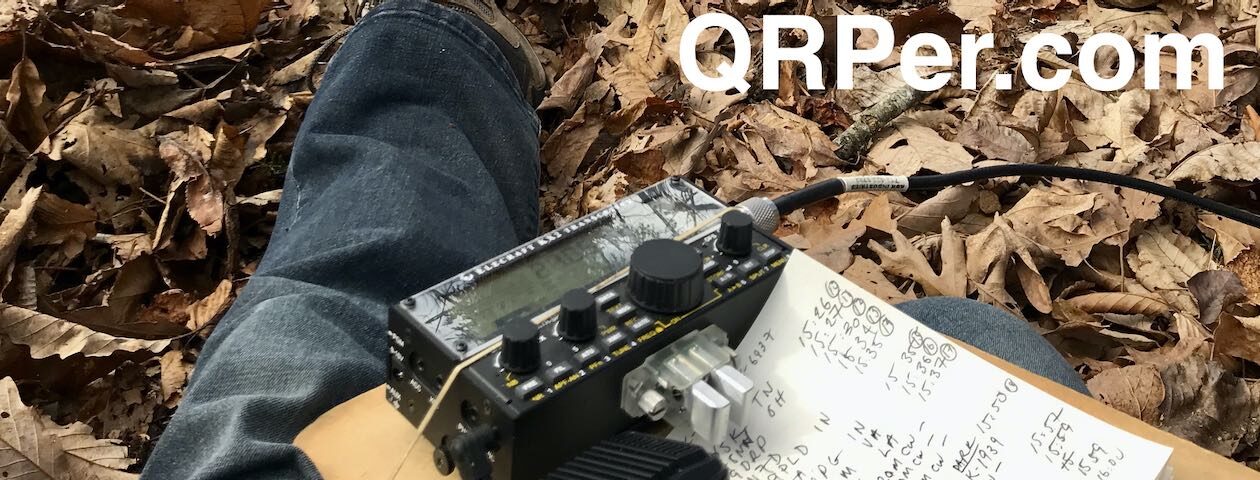Those of you that read the final article for my spring-break Florida POTA trip know that I recently reconciled with someone dear to me. This man, Glenn W4YES, has moved to Savannah, Georgia and we are in a relationship. He is a CW op and the person behind CW Innovations’ Comprehensive ICR course. He knows how much I love POTA and joined me Friday, May 3rd for an activation.
I could have resumed my quest for 60 new-to-me parks. However, I figured we had enough “new” stuff going on with a new activator and a different set up for Glenn. POTA tends to throw the unexpected at you already and the more variables you add, the more opportunities there are for mistakes (er, learning opportunities) and/or hilarity to ensue. So I chose to return to Evans County Fishing Lake (US-7464), a site already known to me, for our dual activation.

What a gorgeous day! Sunny skies and 71 degrees! The drive is a short (about 50 minutes) and easy one to this park.
Given Glenn would use QRO equipment and didn’t have a chair or knee board like myself, I chose one of the few spots with a picnic table. The site looks out on Bidd Sands lake. We could have shared my QRP set-up but decided to activate at the same time which necessitated two sets of equipment.


I chose familiarity over reinventing the wheel when it came to picking equipment for Glenn – I grabbed my Yaesu FC-50 tuner and Yaesu FT-891 rig from my ham shack and the Pacific Antenna 2040 trap dipole antenna and SOTABeams travel mast from my equipment stash. This was the set-up I used for POTA before I went QRP with the KX2 and Tufteln EFRW last May. It wasn’t long before a station was set up on the picnic table for Glenn. However, the antenna was another matter.

When I grabbed coax for the antenna, I forgot the connector is a BNC connector which is why I have a coil of RG-174 in my stash. Instead of grabbing that RG-174, I grabbed my 50’ coil of RG-8x. (Doh!) That coax is extremely heavy for the SOTABeams travel mast and, after adding an adapter for the BNC to SO-239 connector, the antenna was hanging over precipitously. It just goes to show how well-made and durable the SOTABeams travel mast is. I was mortified as I like the best possible arrangement for my antennas but Glenn wasn’t. He knew what we had was good enough for contacts (see his QSO map down below) and his thinking turned out to be correct.

While Glenn finished getting everything in order for his activation, I began setting up for mine. I know this park allows antennas in the trees so it wasn’t long before the trusty Tufteln EFRW was installed. Daisy and I chose a shady location near the antenna, got comfortable, and began my activation.



As Glenn was running QRO (the power I usually run on my Yaesu FT-891 is 75 watts) on 20 meters, I began working other bands. I initially wondered if I would have any difficulty running a QRP station so close to a QRO set-up, but I didn’t. Continue reading The POTA Babe Gets a Partner!

















